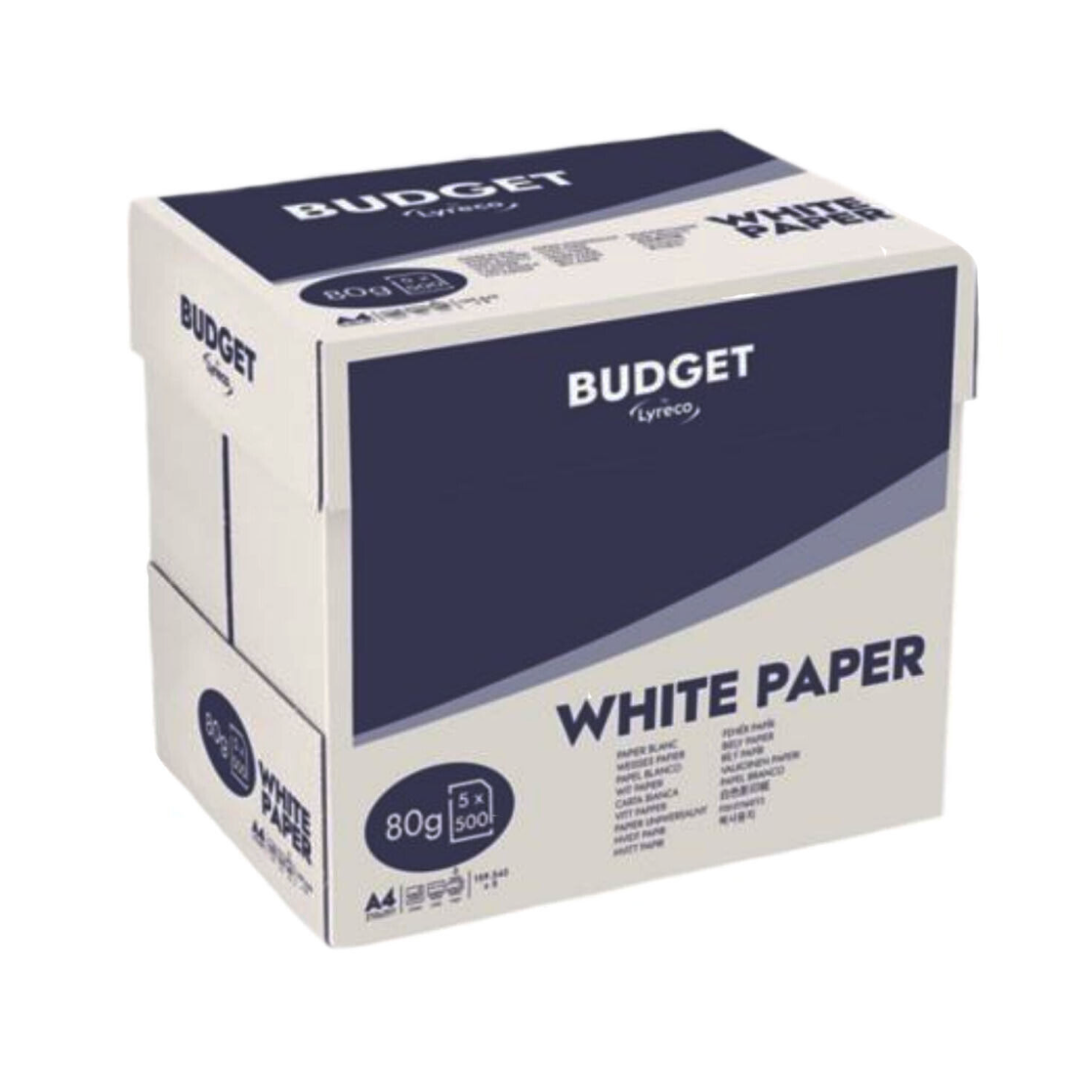
SR Mailing is Now B Corp Certified
SR Mailing is proud to announce that we have officially become B Corp certified, a mark of excellence in social...
Read More
Four Years Running: GRS Certified
SR Mailing Ltd has once again been certified under the Global Recycled Standard (GRS) — for the fourth consecutive year.
Read More
SR Mailing Impact Report 2025
At SR Mailing, we are committed to ensuring transparency and accountability across our business operations.
Read More
SR Mailing: Putting Corporate Social Responsibility into Action
We firmly believe that paving the way for a greener and better future involves actively giving back to our community.
Read More
A Closer Look at Sustainable Packaging: What You Might Want to Know
Let’s unpack some of the most talked-about alternatives and ideas in the world of sustainable packaging.
Read More
SR Mailing x University of Leeds: Launching a KTP Project to Revolutionise Sustainable Packaging with AI
AI-powered customer support to recommend ideal eco-packaging.
Read More
A Guide to Understanding Thermal Labels
In this guide, we’ll explore what thermal labels are, their benefits, and the most popular sizes used in the e-commerce...
Read More
The Ubiquity of Cardboard Boxes in E-Commerce: Why They Matter
Whether you’re a business owner or a consumer, the next time you receive a package, take a moment to appreciate...
Read More
The Evolution of Packaging: Embracing Green Air Cushions for Sustainability
They function similarly to bubble wrap but with a more sustainable composition.
Read More
